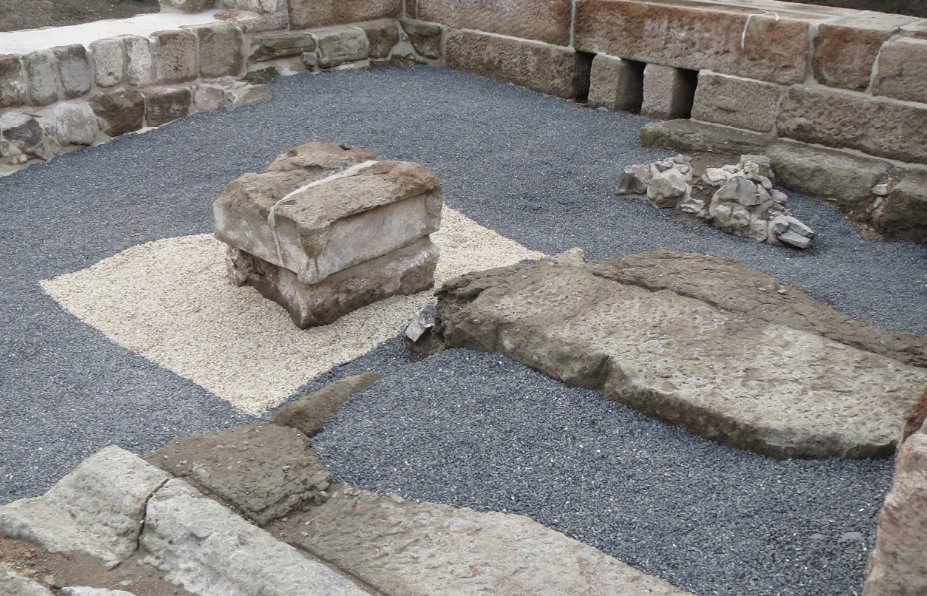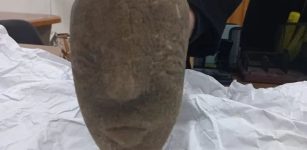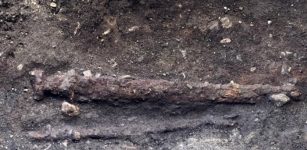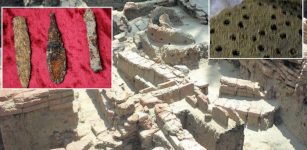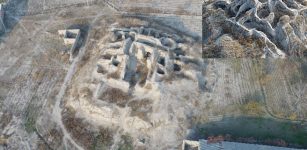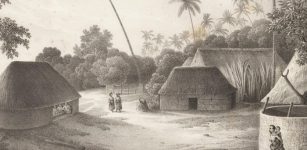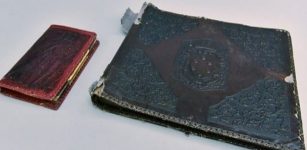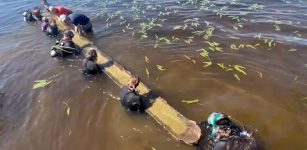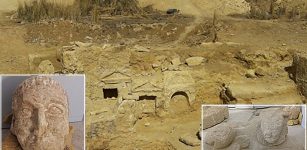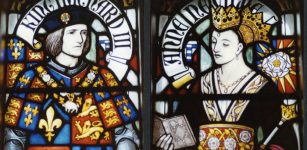Bulgaria’s Aquae Calidae Spa Complex: More 40 Coins Dated To 4th Century CE – Found
Conny Waters - AncientPages.com - People say that the Aquae Calidae near Bourgas on the southern Bulgarian Black Sea coast has a thousand-year history.
In fact, the place has not only historical but also archaeological values, such as the fortress walls of the ancient city of Terme (Thermopolis), the Roman baths of the 1st century AD with a warm and cold swimming pool, and several medieval rooms.
Aquae Calidae site near Bourgas on the southern Bulgarian Black Sea coast. Image source
Recently, more than 40 coins, most from the fourth century CE, were found during the archaeological dig at the Aquae Calidae spa complex.
During the current archaeological season, excavations are being carried out in the north-eastern sector of the complex, reports The Sofia Globe.
“The idea is, if possible, to complete the northeastern apoditerium (vestibule) of the ancient, early Byzantine and medieval bath this year,” associate Professor Dimcho Momchilov, said.
Apart from the coins, other items from the fourth century CE had been found such as a monumental step that bore a roof structure. Momchilov said that remnants of construction from the Roman period, and the Roman period, had been found.
 Image source
Image source
“Our desire is to explore the shaft we found east of the building. It is from an early period and is very interesting. There are partially preserved water pipes and we will try to open it this year,” Momchilov said.
See also: More Archaeology News
“It had a variety of materials, but only after when I open it, I can say how long it has been for sure. In any case, for me, this shaft is connected with the early Roman bath, and the construction of the whole early Byzantine bath was in accordance with this shaft.”
As we mentioned earlier, Aquae Calidae thermopolis is a very old place and originated around the warm Bourgas mineral springs in Thracian times, in the first millennium BC. The Thracians turned the hot spring into a revered sanctuary of the Three Nymphs.
Aquae Calidae site
The legend has it that the Three Nymphs (naiads) guarded the healing springs but they “did not keep purity” and the gods petrified them, as a punishment.
In the first millennium BC, the sanctuary of the Three Nymphs was a sacred place for the Thracians. In the 2ns century, a road station was built in the area of the springs and dubbed “Aquae Calidae”. The place that covers an area of six acres and is 86 meter-long in the north-south direction), became even more famous.
In the 16th century, Ottoman ruler Sultan Suleiman the Magnificent built a contemporary Turkish bath at the site.
Written by Conny Waters - AncientPages.com Staff Writer


